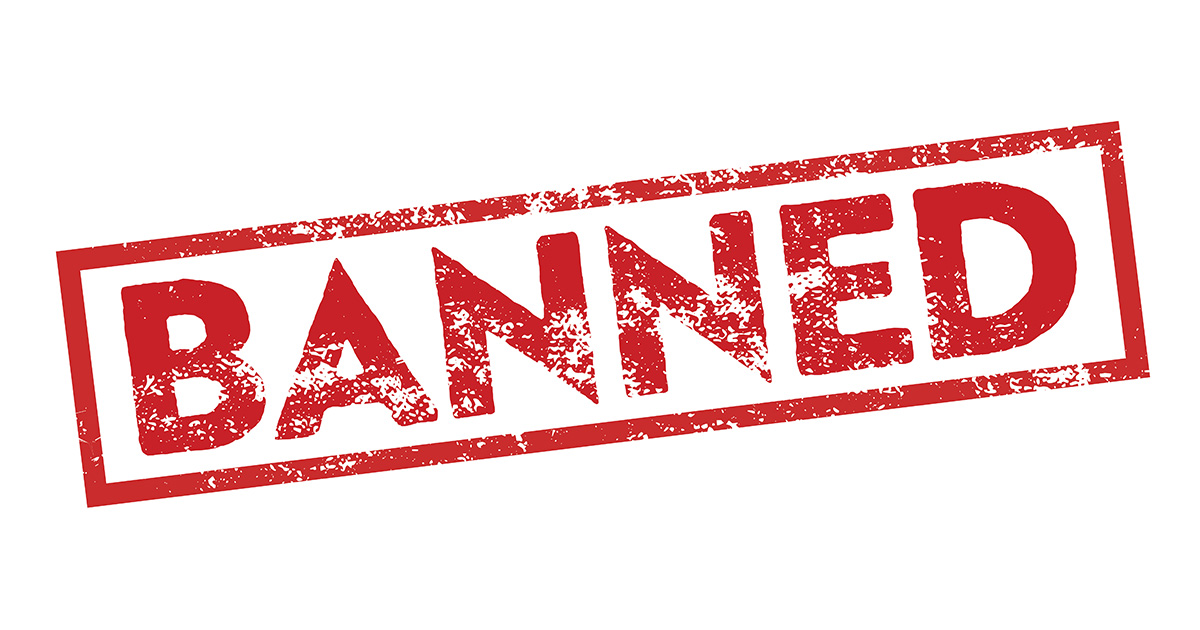When contaminated groundwater plumes run together, how is the cost of cleanup divided
Written By Steve Henshaw, P.G., President & CEO, EnviroForensics
A commingled plume is the term used when two or more plumes of contaminated groundwater blend together. The blending or commingling of groundwater plumes is a fairly common occurrence in urban or commercial settings. A very common illustration of commingled plumes is when the groundwater beneath two corner gas stations is contaminated with releases from the underground storage tanks. The groundwater may all move in the same general direction, but because the plumes spread or fan out as they migrate, the plumes blend together and overlap one another.

So, who is responsible for cleaning up the contaminated groundwater and soil? Ideally, the groundwater and soil beneath the contaminated property is cleaned up by the business that operated at that property. The cleanup of the contaminated groundwater plume migrating away from the subject properties becomes more complicated. Often times fingerprinting experts are called in to determine who is responsible to pay for what. By knowing what the chemical signature is in the source area of the property, an expert can compare that with the chemical signature from groundwater offsite. Different refineries and suppliers have distinct recipes and formulas for their products. You’ve probably seen advertisements where a certain gasoline company has a product that is better for your engine, or cleaner burning or gives you better gas mileage. Those very selling points are associated with distinct product formulas. So, you really can differentiate between the chemical signatures. So, if the chemical signature can determine whose contamination is whose, then the party responsible for their contamination will clean it up, right?
Of course it isn’t as easy as I make it sound. Chemical fingerprinting is great when it works to prove a specific point of view. If you are on the “wrong” side of that argument, there are a lot of issues that you can bring up that can question the reliability of the fingerprinting interpretation. Some examples might include, was the formula always the same, does the formula very seasonally to account for cold weather, did the gas station always get their product from the same distributer. Then there are the arguments regarding the concentration of contaminants in the groundwater, which is essentially determining how much mass is associated with a responsible party. It gets more contentious when drinking water wells are impacted or if vapors are entering neighboring buildings. Generally speaking, it gets down to cost. What is the cost to cleanup or abate the contamination? If the cost is a lot, then there is a lot more to gain by refining the cost sharing agreement. If there is not much difference between what a business would pay on their own and what they pay should the neighbor share in the cost, then the sides tend not to have such large disagreements.
What happens when a groundwater plume impacted with dry cleaning solvent migrates and commingles with a groundwater plume impacted with gasoline? In this common situation, the fingerprinting and chemical signatures are easy to differentiate. The unique aspect of this type of commingled plume is that generally speaking the microorganisms present in the gasoline plume feed on the chemicals comprising the gasoline and in the process they also consume some amount of the dry cleaning solvents such as Perchloroethene (PERC). In my experience the commingling of a dry cleaning plume and a dry cleaning plume can be somewhat beneficial. However, if the selected remediation technology for the gasoline station is to increase the oxygen content in the aquifer making it an aerobic environment, this can adversely impede the remediation and degradation of the PERC groundwater plume, because the PERC groundwater plume degrades much faster in an anerobic environment. There are remedial technologies such as chemical oxidation (e.g. hydrogen peroxide, ozone, etc.) that can remediate both types of contamination (gasoline and chlorinated hydrocarbons). There is value to having the consultants from both sites discuss remedial approaches in an effort to work together. There may be some increased costs to one side or the other, but it is probably a small cost in the overall big picture of getting closure.
The biggest challenges come up when the plumes are massive. When I discuss massive plumes, I’m referring to plumes that cover miles and involve numerous contributing sources. Plumes like those in the Central Valley of California in towns like Chico, Fresno, Lodi or in the San Gabrielle Valley involve dozens of dry cleaners, gas stations and manufacturing facilities.
In fact, the projects are so large and the cost estimates for remediation are so daunting, that firms are hired to find any and all businesses that were likely to have used chemicals in their operation. These entities are referred to as Potentially responsible parties (PRPs). Depending on what regulatory agency is involved (EPA, State or even local agencies like water districts) and under what legal framework an enforcement action the overall plume site is being pursued, the PRPs can all be considered liable together or individually. In situations such as these, there tends to be a lot of litigation, a lot of legal discovery and at the end of the day, different PRPs take on differing amounts of the responsibility for the project. Sometimes the PRPs settle their shares out for some dollar amount because they are considered small contributors or de minimus parties. Other times, the PRPs can carve out specific activities such as taking over a soil cleanup or operating and maintaining a treatment system that is remediating groundwater. There is some flexibility to how the PRPs can address their contribution. In my experience, most of the times the percentages of the overall cost to address the contamination, called the allocated portion, is developed by determining how long a company operated at a location. For example, if company A operated for 20 years and Company B operated for 10 years and Company C operated for 5 years and Company D operated for 1 year, the allocated percentages are developed by estimating 36 years of activity. Company A would then be responsible for 55.5% (20 years/36 years * 100) down to Company D, which would be responsible for 2.8% (1 year/36 years * 100).
Commingled plumes can be difficult to remediate, but it is usually because those parties considered responsible for the overall problem don’t sit down and talk. Lawyers for one responsible party can often times take stands that offend another responsible party. Instead of listening to the arguments being made, the meetings get heated and the discussions breakdown with more contention than before the meeting took place. If cooler heads can prevail more often then not, a reasonable, while not necessarily “fair” solution can be developed which should save everyone money in the long run. Litigation is never cheap.



